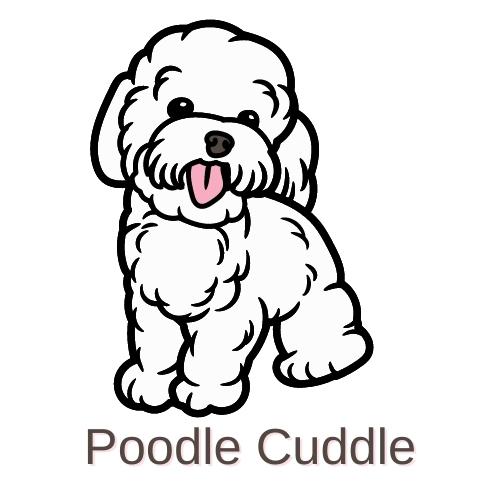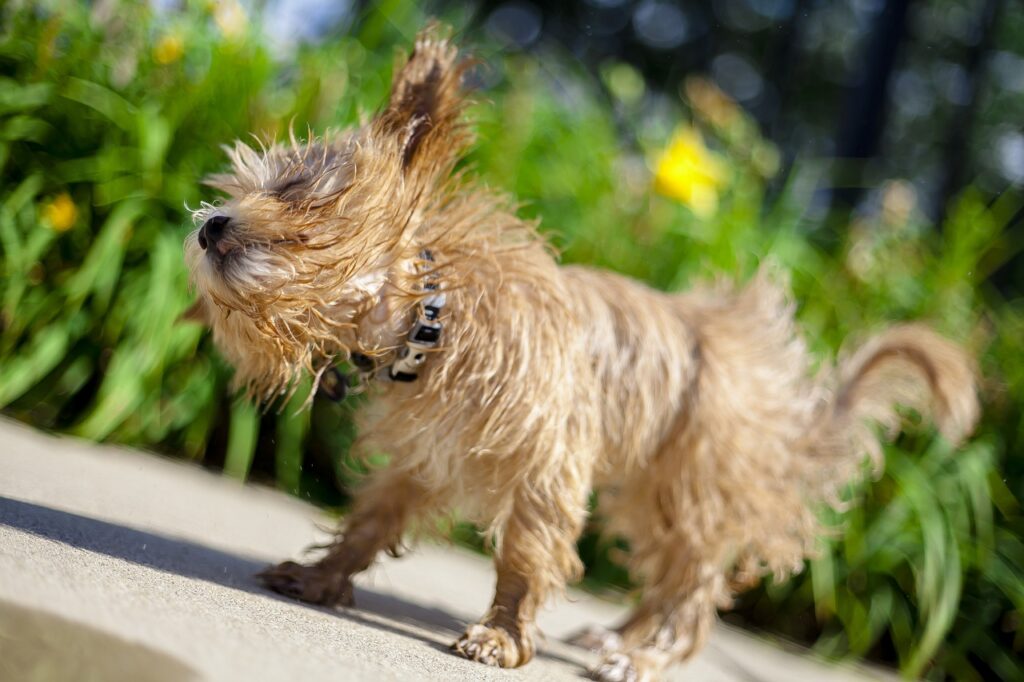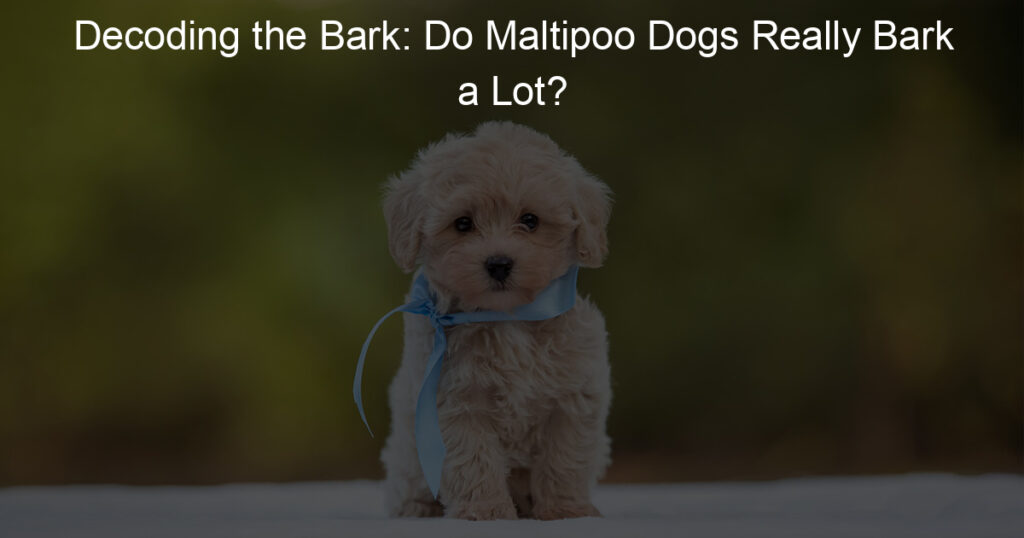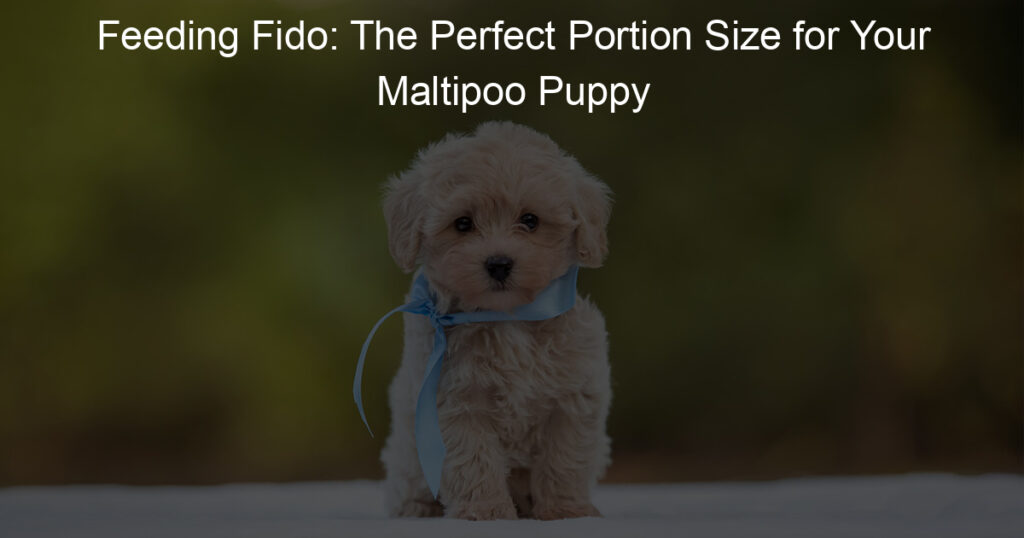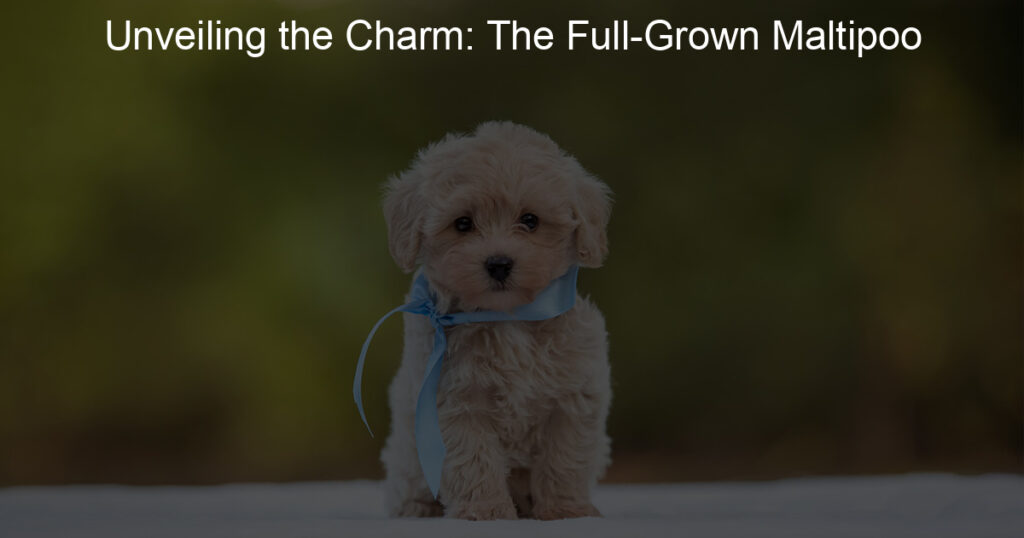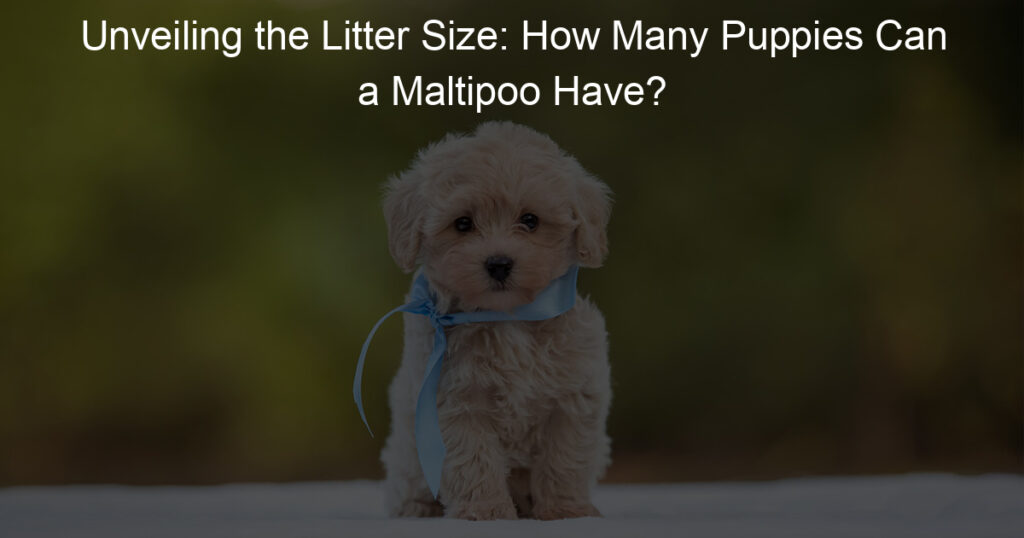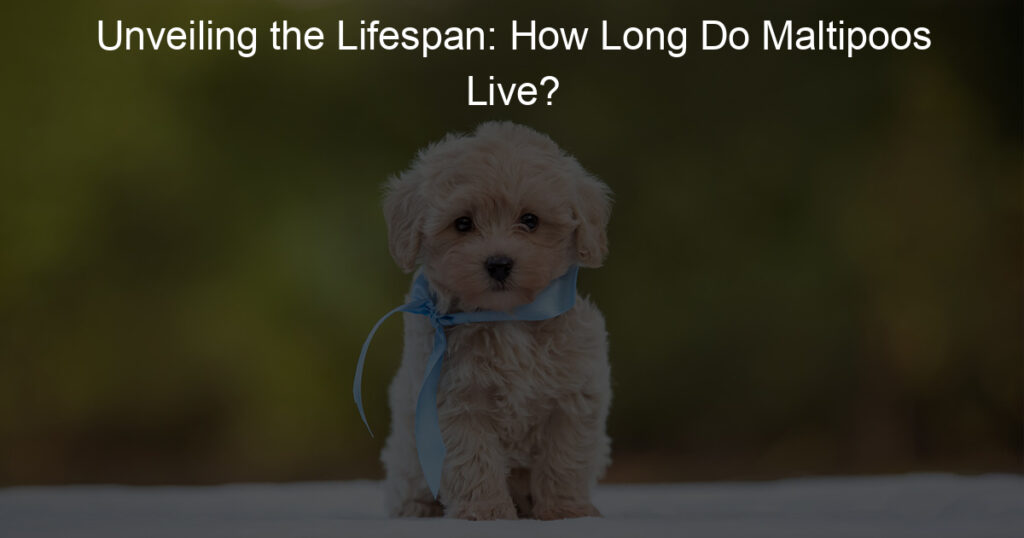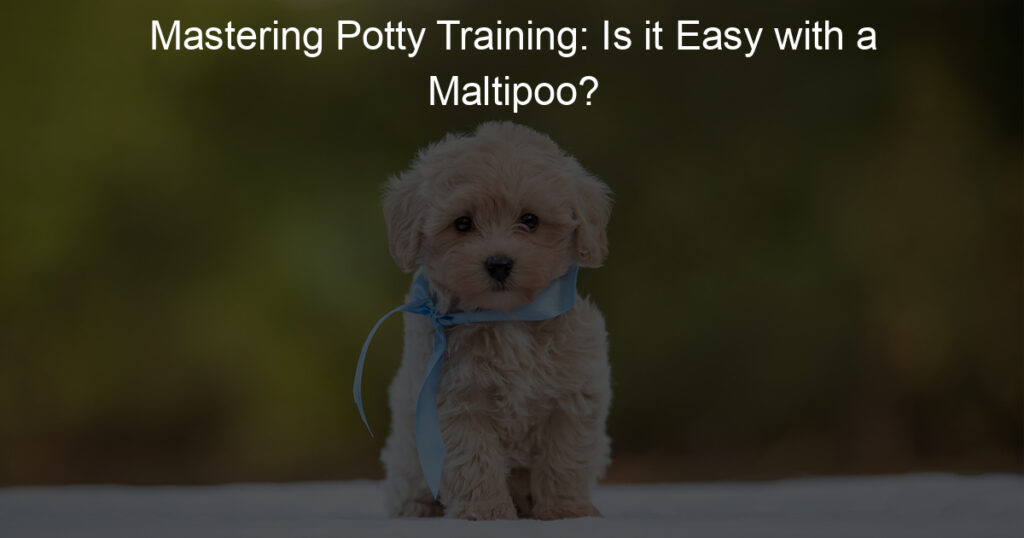Whether Maltipoos shed is a common question for people considering getting a Maltipoo. While all dogs shed some, the Maltipoo’s low-shedding coat may be less noticeable than other dogs.
The Maltipoo is a hybrid cross between a Maltese and a Toy or Miniature Poodle. Because of their mixed ancestry, they can inherit various physical characteristics from either parent breed.
What Is Maltipoo’s Coat Like?
One key consideration that may be evident in a Maltipoo is their coat type and whether they are prone to shedding. The Maltese parent breed has a long, silky coat that does not shed much, while the Poodle parent breed has a dense, curly coat that also does not shed much.
As a result, the Maltipoo usually has a coat that falls somewhere in between these two extremes. They may have a coat that is more like the Maltese and sheds minimally, or they may have a coat that is more like the poodle but also does not shed much.
In either case, the amount of shedding seen in a Maltipoo is usually much less than what is seen in other dog breeds. For this reason, the Maltipoo is often considered to be a good choice for people who are looking for a low-shedding dog.
Which Color Maltipoos Shed Less?
Maltipoos come in a variety of colors, including white, black, apricot, cream, silver, and gray. While all Maltipoos shed some hair, the amount of shedding varies from dog to dog. Some Maltipoos shed very little, while others may shed more.
The amount of shedding also depends on the Maltipoo’s coat type. Maltipoos with shorter coats tend to shed less than Maltipoos with longer coats. In general, Maltipoos that are darker in color tend to shed less than Maltipoos that are lighter in color.
However, there is no guarantee that a particular color Maltipoo will not shed more than another color Maltipoo. The best way to determine whether a Maltipoo will shed less is to ask the breeder or previous owner about the individual dog’s shedding habits.
Can Allergic People Have Maltipoos?
The Maltipoo is considered to be a low-shedding, hypoallergenic breed, which means that they may be a good choice for people with allergies. However, it is important to note that no dog is completely hypoallergenic. All dogs produce dander – dead skin cells that can trigger an allergic reaction in some people.
The amount of dander that a dog produces depends on several factors, including their coat type and how often they shed. Maltipoos have a single layer of fur, which means that they do not shed as much dog hair as double-coated breeds.
In addition, Maltipoos are considered to be light shedders, meaning that they shed less than average. While Maltipoos may be a good choice for people with allergies, it is always best to consult with an allergist before getting any new pet.
Reasons For Maltipoos Shedding Too Much
If you’re the proud owner of a Maltipoo, you know that these dogs are low-shedding and generally don’t require a lot of grooming. However, you may have noticed that your Maltipoo has been shedding more than usual lately. There are a few possible reasons for this.
First, seasonal changes can cause dogs to shed more. As the days get shorter and the weather gets colder, your Maltipoo’s coat may become thicker in order to keep them warm. This can lead to more shedding.
More On Weather-Related Shedding
Shedding increases in response to changes in the seasons. In the spring and fall, when the days grow longer or shorter, Maltipoos will shed their coat in order to regulate their body temperature.
Just like our skin, dog fur responds to changes in temperature and humidity. In the summer, when it’s hot and humid, dogs will shed more to cool off. In the winter, when it’s cold and dry, they’ll shed less to conserve heat. Maltipoos are no exception. Because they have such dense fur, they’re especially susceptible to changes in the weather.
Stress-Related Shedding
You may also notice that your dog sheds more during times of stress or when they’re experiencing allergies or other medical conditions. If you’re concerned about the shedding of dog hair, talk to your vet to rule out any underlying health issues. In most cases, though, a little extra shedding is nothing to worry about.
Caring For Maltepoo’s Coat
Maltipoos have coats that require regular care. The most important part of caring for a puppy coat is brushing. Brushing removes loose hair and prevents matting. It also helps distribute the natural oils from the skin throughout the coat, keeping it healthy and looking shiny.
Maltipoos should be brushed at least once a week, and more often if they are shedding heavily. In addition to regular brushing, Maltipoos also need to be trimmed every few months to keep looking neat and tidy.
While some people choose to do this themselves, it’s generally best to leave it to a professional groomer. With proper care, a Maltipoo’s coat will be soft, shiny, and healthy for many years to come.
Using Mild Shampoo While Bathing Maltipoos
Bathing your Maltipoo is an important part of keeping them healthy and looking their best. While there are a variety of shampoo options available, it’s best to use a mild shampoo that is designed specifically for dogs. This type of shampoo will be gentle on your dog’s coat and will not strip away the natural oils that help to keep their coat healthy.
Maltipoos: A Hypoallergenic Breed
For those with allergies, finding a hypoallergenic breed of dog can be a challenge. Many popular breeds, such as golden retrievers and German Shepherds, are known for excessive shedding. This can release dander and other allergens into the air, exacerbating symptoms.
A Better Choice For Allergic Pet Lovers
Maltipoos are a hypoallergenic breed, which means they are less likely to trigger an allergic reaction. The Maltipoo is a cross between a Maltese and a miniature poodle. As a result, they inherit the hypoallergenic dog’s coat of the Maltese and the low-shedding coat of the poodle.
In addition, Maltipoos do not have the “doggy” smell that some breeds are known for. This makes them an ideal choice for those with allergies.
